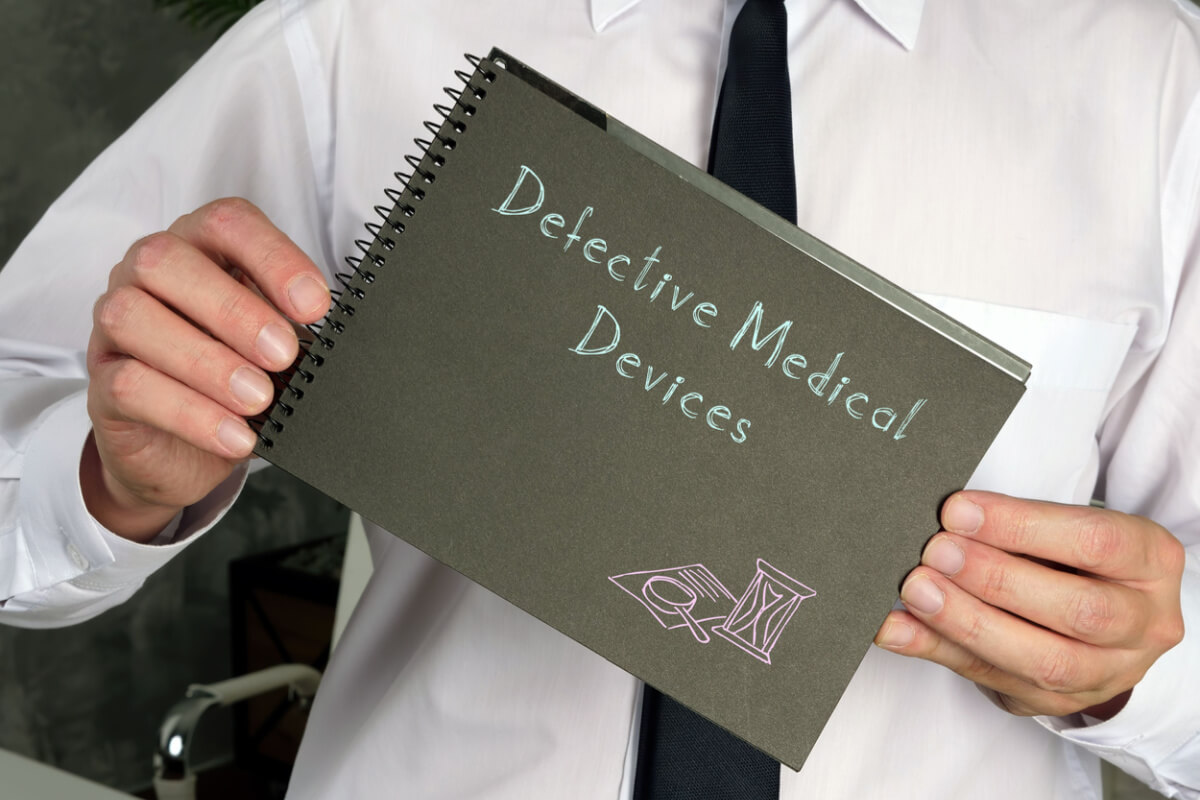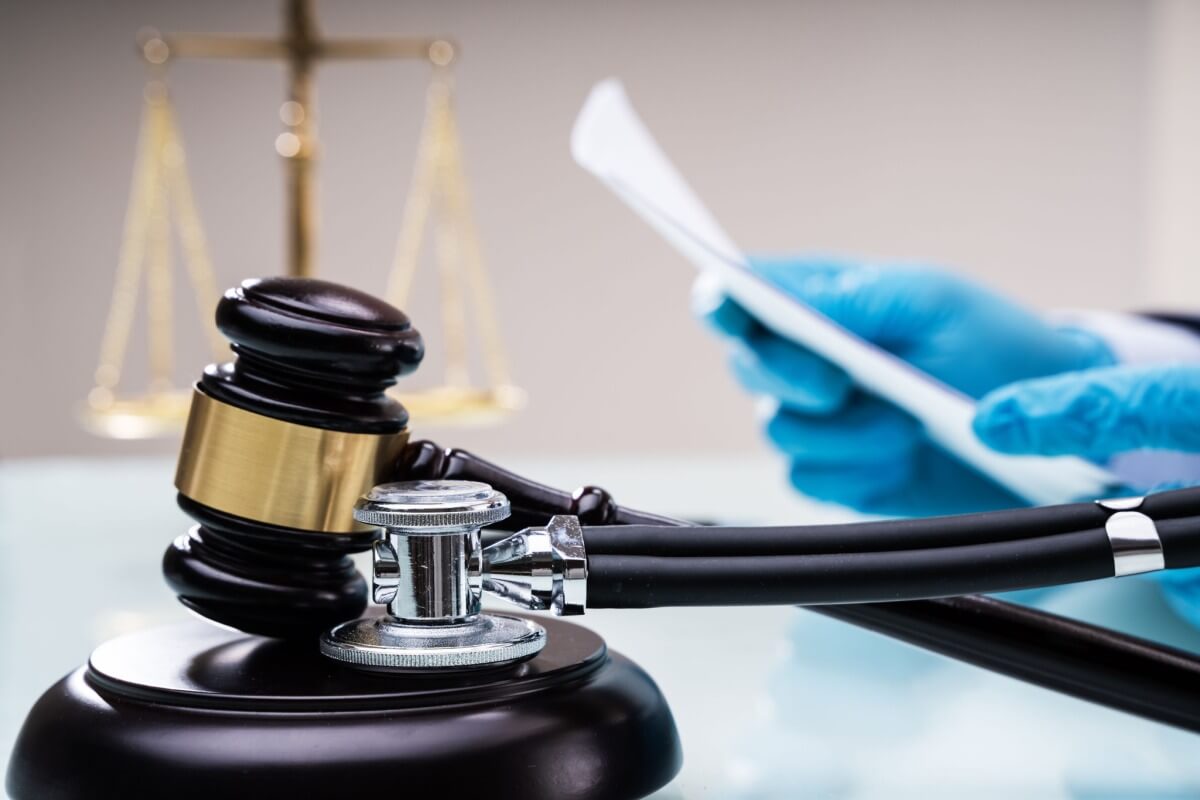
Medical device recalls occur when manufacturers realize a product is not safe or effective. These recalls can happen for various reasons, such as defects, health risks, or inaccuracies in labeling or instructions. When a recall is announced, patients need to understand their rights and the implications of the recall. Individuals using or implanted with these devices should be aware of the potential health risks and steps for response. Manufacturers are responsible for notifying affected patients, healthcare providers, and the public about the recall. Patients have a right to receive timely and accurate information regarding the recalled device. It’s also important for patients to stay informed about the specific nature of the recall, whether it’s a simple correction or a complete market withdrawal.
Identifying Faulty Medical Devices
Identifying faulty medical devices is a significant concern for patients who rely on these tools for their health and well-being. A medical device may be considered faulty if it fails to perform as intended, causes adverse health effects, or has defects in design, manufacturing, or labeling. Patients can recognize potential issues in medical devices by staying alert to unusual symptoms or device malfunctions. It’s also important to keep informed about current recalls and safety alerts. The Food and Drug Administration (FDA) maintains a database of recalled medical devices, which is accessible online. Regularly checking this database helps in staying updated about the latest recalls. Patients should also pay attention to any notifications or correspondence from their healthcare providers or device manufacturers about potential device issues.
Legal Framework Governing Medical Device Recalls
The legal framework for medical device recalls in the United States involves a set of laws and regulations designed to protect public health. The Food and Drug Administration (FDA) is central to this process. Under the Federal Food, Drug, and Cosmetic Act, the FDA can regulate medical devices to ensure their safety and effectiveness. A recall may be initiated when a device is found to be defective, causing health risks, or violating FDA regulations. Manufacturers usually initiate recalls voluntarily, although the FDA has the authority to require a recall in uncommon instances. Furthermore, manufacturers, importers, and device user facilities must notify the FDA of specific adverse events and issues related to their products under the Medical Device Reporting regulation. This legal structure aims to swiftly address medical device issues, minimize health risks, and ensure the public receives safe and effective products.
Steps to Take if You’re Affected by a Faulty Medical Device
If an individual suspects they are using or have been implanted with a recalled medical device, several steps can be taken for their safety and health. First, it’s important to gather all available information about the specific device, including its name, model, and manufacturer. This information can often be found on the device itself, in medical records, or through the healthcare provider who administered the device.
Next, staying updated on the latest recall information is vital. The Food and Drug Administration (FDA) provides a searchable database of recalled medical devices. Checking this resource can confirm if the device is indeed subject to a recall and provide details about the nature of the issue and recommended actions.
It’s also important to monitor one’s health for any changes or symptoms related to the device. Keeping a record of these observations can be helpful. Lastly, communicating with healthcare providers is key. They can guide the next steps, including monitoring, device replacement, or other medical interventions. The priority is to ensure health and safety while handling the recalled device.
Compensation and Claims for Faulty Medical Device Victims
Victims of faulty medical devices may seek compensation for their injuries and losses. The process typically begins with identifying the specific device and understanding how it caused harm. Victims can compile medical records, bills, and any documentation of the device and its effects.
Compensation may cover various aspects, including medical expenses, lost wages, pain and suffering, and other related costs. In some cases, if the device manufacturer is found to have been negligent in producing or distributing a faulty device, victims may be entitled to additional damages.
It’s important to keep track of all communications and documents related to the medical device and the injuries it caused. Detailed records strengthen a victim’s position in seeking fair compensation.
Victims can also look into any ongoing lawsuits or class actions related to the faulty device, as these can provide a pathway to compensation. Participating in a class action can be simpler than individual lawsuits, as it involves a group of people with similar claims.
Navigating the Legal Process
Individuals can expect to go through several steps when pursuing a claim related to a faulty medical device. Initially, it involves gathering all relevant information about the device and the injuries it caused. This includes medical records, details of the device, and any other evidence linking the device to the harm suffered.
The next step usually involves filing a claim, where the specific details of the injury and how the device caused it are documented. In this stage, individuals outline their experiences, health impacts, and any financial losses incurred due to the faulty device.
As the claim progresses, there might be an investigation phase, where the claim details are closely examined. Here, the focus is on the connection between the device and the injury claimed.
Preventing Future Harm: Advocacy and Awareness

Advocacy and public awareness are significant in preventing harm from faulty medical devices. Individuals and communities can contribute to safer healthcare environments by staying informed and proactive. Advocacy involves pushing for stricter safety standards and regulations for medical devices. It also includes supporting research and development for safer and more effective devices.
Public awareness is equally vital. Educating oneself and others about the potential risks and signs of faulty medical devices leads to more informed decisions. Awareness campaigns and sharing information can alert individuals to recalls and safety alerts.
Additionally, patient advocacy groups and healthcare communities often work together to raise awareness about medical device safety. Their efforts can lead to policy changes and improved industry practices. By combining knowledge with a proactive approach, the likelihood of harm from faulty medical devices can be significantly reduced, leading to better health outcomes for everyone.
If you are dealing with a medical device recall case, contact Alvendia Kelly & Demarest today at 504-200-0000 to schedule a free consultation.
Categories
- Bicycle Accidents
- Car Accident
- Case results
- Class Action
- Community Aid
- COVID-19
- Fun
- General
- Hard Rock Lawsuits
- Holiday
- Insurance Claims
- Legal Advice
- Mardi Gras Accident Attorney
- Mass Tort
- Medical
- Motorcycle Accident
- Personal Injury
- Practices
- Premise Liability
- Recent News
- Safety
- Truck Accidents
- Uncategorized
- Weather
- Work-Related Accident

In 2003, after being dissatisfied with the quality of legal care for victims of car accidents, Roderick ‘Rico’ Alvendia sought to establish a new firm focused on providing high-quality legal services to aid injured victims and their families. J. Bart Kelly, sharing Rico’s passion for upholding justice, joined the firm later that year, and established a partnership.






